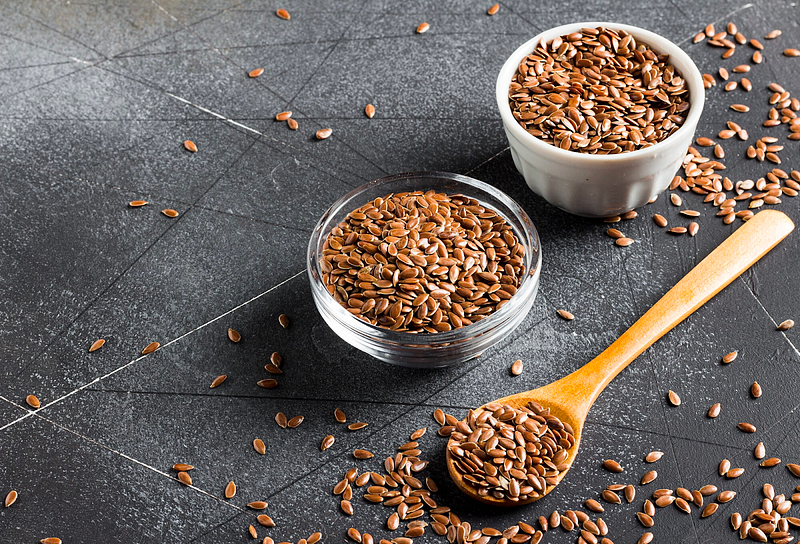In a world where an increasing number of individuals are being told they have a cholesterol problem, it’s essential to empower ourselves with knowledge to understand our own health better.
In this journey, we often find that not everyone with a cholesterol diagnosis truly has a problem as severe as they might think.
This realization prompts us to delve into the complexities of cholesterol, looking beyond mere numbers.
Many people share these common concerns:
- “How do you calculate your total cholesterol?”
- “What is the formula for calculating LDL cholesterol?”
- “How do you calculate HDL and LDL?”
- “What is the LDL cholesterol goal level?”
- “What is total cholesterol and what does it mean?”
In this blog post, I will equip you with insights, providing you with the tools to decipher your cholesterol levels and, more importantly, ways to help keep them in check.

1. Total Cholesterol: Looking Deeper
Let’s start with the first and often misunderstood aspect of cholesterol — total cholesterol.
In the modern age, the total cholesterol number alone doesn’t carry as much weight as one might think.
The human body is a complex system that produces around 75% of its cholesterol internally.
This fact leads us to question why the body demands such levels of cholesterol and whether a high total cholesterol is necessarily a cause for concern.
If your total cholesterol goes above 300, there might be genetic conditions or other factors at play.
However, the focus should shift to understanding what the cholesterol is made up of, as this is crucial.
High total cholesterol may be a result of the body’s need for repair substances due to factors like over-exercising, under-exercising, inflammation, or dietary choices.
2. HDL: The Cleanup Crew
Moving beyond total cholesterol, we encounter HDL, often deemed as the “good” cholesterol.
HDL acts as the cleanup crew, removing leftover scraps and transporting them back to the liver for repurposing.
The key here is to ensure that at least 25% of your total cholesterol is HDL. Achieving this balance is crucial for maintaining a healthy cholesterol profile.
I suggest four key ways to increase HDL levels: fish, flax, fiber, and healthy fats.
Fish, particularly those rich in omega-3 fatty acids like salmon and tuna, contribute healthy fats to your diet.
Flax seeds, when incorporated into your diet, provide additional omega-3 content.
Fiber not only lowers blood sugar levels but also enhances the cleanup crew’s efficiency.
Finally, healthy fats, such as those found in olive oil and coconut oil, support robust HDL levels.

3. Triglycerides: Balancing the Equation
Triglycerides, the amount of fat floating in your body, come into focus as the third key number.
Excess calorie intake can lead to elevated triglyceride levels.
To maintain balance, you want to aim for a 2:1 ratio, where you have one HDL for every two triglycerides.
If triglycerides are high, dietary adjustments are recommended, especially cutting down on foods high in fructose.
Fasting is also an effective method for lowering triglyceride levels because it offers an opportunity for the body to utilize stored triglycerides for energy.
4. LDL: Understanding the “Bad” Cholesterol
The fourth and final aspect of cholesterol is LDL, often labeled as the “bad” cholesterol.
However, the truth is that LDL’s primary function is to transport raw materials for cell repair.
The focus, therefore, should shift from demonizing LDL to understanding the causes of inflammation and damage in the body.
When considering your LDL, it’s important to identify LDL particle size, because smaller particles pose a higher risk of causing plaque formation.
Controlling inflammation is also paramount when it comes to managing LDL levels.
An omega-3 supplement, or increased intake of fish or flax, is recommended to help support a normal inflammatory response in the body.
Knowing your LDL particle size provides a deeper understanding of your cardiovascular risk.

Conclusion
In conclusion, understanding cholesterol goes beyond mere numbers on a report.
It involves understanding the composition of cholesterol, ensuring a balance between HDL and triglycerides, and recognizing the nuanced role of LDL.
Practical tips, such as incorporating specific foods into your diet and considering intermittent fasting, offer actionable steps towards supporting normal cholesterol levels.
Remember, being informed about your health empowers you to make proactive decisions.
If you’re unsure about your cholesterol levels or particle size, consult with your healthcare provider.
By taking charge of your cholesterol journey, you can move beyond the fear of a diagnosis and towards a healthier, more informed lifestyle.













